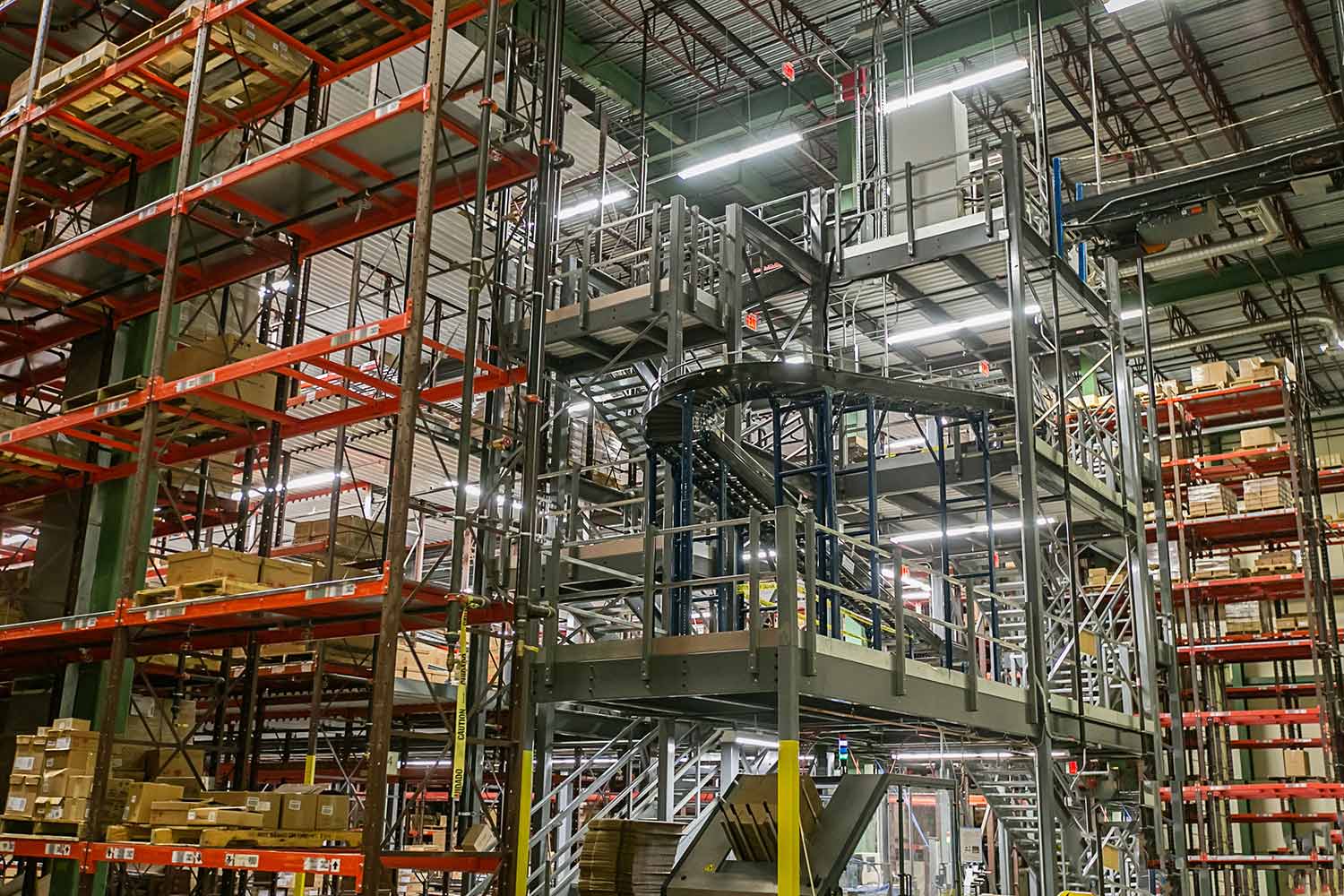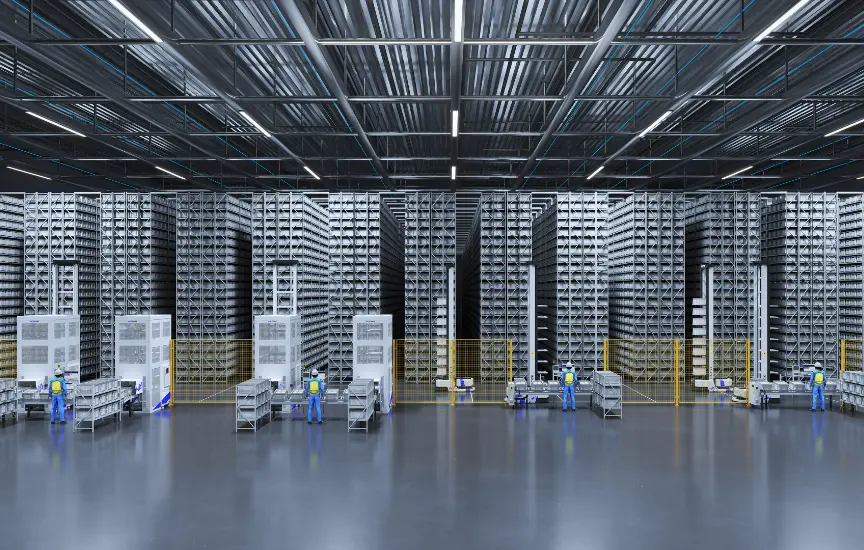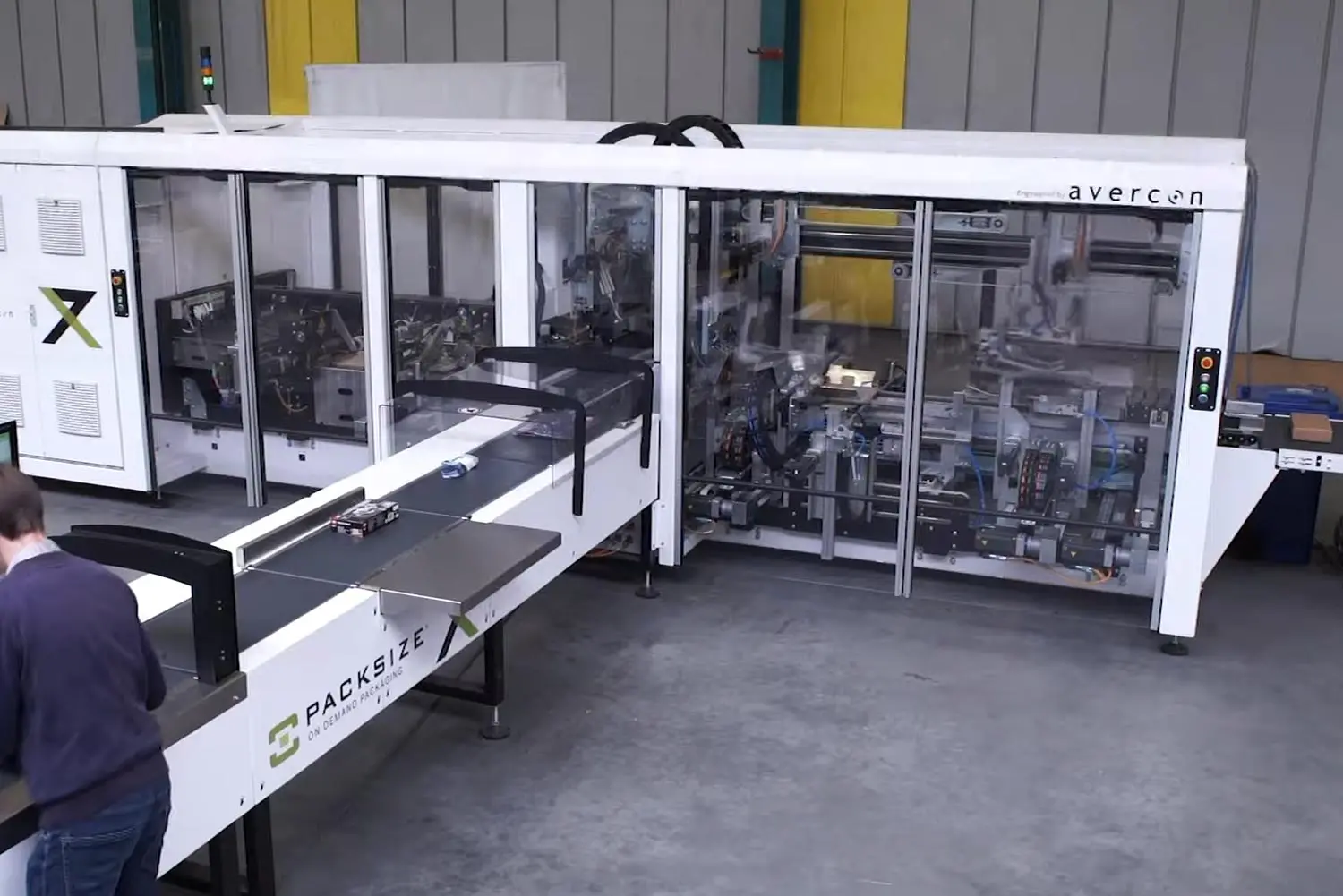
April 8th, 2024
4 min readThe Human-Robot Partnership Requires an Upskilled Warehouse Workforce
Robotics presents a chance to create a safer, more engaging workspace for warehouse employees while also providing a promising solution to the demographic challenges confronting the workforce.
A common question regarding robots is “will they replace humans in the workforce”; specifically in the warehousing and distribution industries. But is your warehouse or distribution center truly facing a 100% human-free workforce in the future? The answer is no.
Individuals already involved in automation view it as assisting human efforts, rather than a substitute. Robotics provides an avenue for creating a safer, more engaging environment for warehouse workers and offers a promising solution to the pressing demographic challenges confronting the workforce.
The Human-Robot Partnership Requires an Upskilled Warehouse Workforce
- What jobs will warehouse robots do in the future?
- What warehouse jobs will human workers do in the future?
- The Human-Robot Partnership – looking at an upskilled workforce.
What jobs will warehouse robots do in the future?
Even now, robots are increasingly performing the most repetitive and the most dangerous tasks – which essentially are the jobs humans do not want to do. Most warehouse injuries are related to workers attempting to move items that are too heavy or repetitive lifting tasks, which are better suited to robots. Robots also can be inserted into hostile environments (such as extreme temperatures, potential exposure to toxins, etc.) without risk to human life.
Regardless of the task or environment, robots can more quickly perform tasks – while making fewer mistakes – to optimize operations. Currently, robots are creating efficiencies, speeding up workflows, and reducing errors in warehouses and distribution centers around the world.
You may have heard of “dark warehouses” – highly automated facilities that run without human intervention. While these types of operations may be commonplace someday, today’s warehouses typically still require humans to do maintenance, troubleshoot, and handle exceptions that fall outside the capabilities of automated systems.
What warehouse jobs will human workers do in the future?
Just as the arrival of the automobile provided new jobs that required skilled laborers, such as auto mechanics and gas station attendants, the robotic age is spurring a greater need for individuals to design, implement, maintain and repair robots and other automated equipment.
With automation systems within warehouses growing increasingly complex and sophisticated, the workforce will require individuals such as project managers, project engineers, software engineers, and controls engineers to ensure seamless operations. And even at the hourly warehouse employee level, human workers will be crucial to keep things running smoothly, as usual.
The human-robot partnership – looking at an upskilled workforce.
The majority of roles humans will fulfill will undergo significant transformation as automation continues to evolve. Human oversight of operations will shift towards more technical tasks, focusing on the intellectually stimulating work of identifying and resolving issues within warehouse processes. This transition will demand workers equipped with skills in data analysis, software systems utilization, and robot maintenance.
It’s crucial to recognize that certain skills remain uniquely human and cannot be replicated by robots. Workers are the driving force behind these skills, making it essential to prioritize upskilling initiatives within the existing workforce.
By rallying together as an industry, we can ensure a seamless transition for workers into the era of automation. Moreover, we have a responsibility to inspire and empower the next generation of talent, encouraging young individuals to pursue engineering education and explore rewarding careers in logistics. Together, we can shape a future where both workers and technology thrive harmoniously.
Your Next Step
Far from facing complete replacement, human labor will remain indispensable for the efficient functioning of automated warehouses in the long run. Sam Ransbotham, a professor of business analytics at Boston University, says that the fear of robots replacing humans is displaced, and that there actually are greater concerns at the moment. “Humans that are adept working with AI are going to take your job before the machine takes your job,” he states. “That’s just the path of least resistance.” And one other thing to think about, according to Ransbotham: “If you have an organization that’s not utilizing AI, it’s going to go out of business.”
Don’t be left behind: Now is the time to investigate how robotics, automation, and AI-driven systems can optimize your operations to prepare for future demand.
Feel free to reach out to us for top-notch guidance and assistance!


